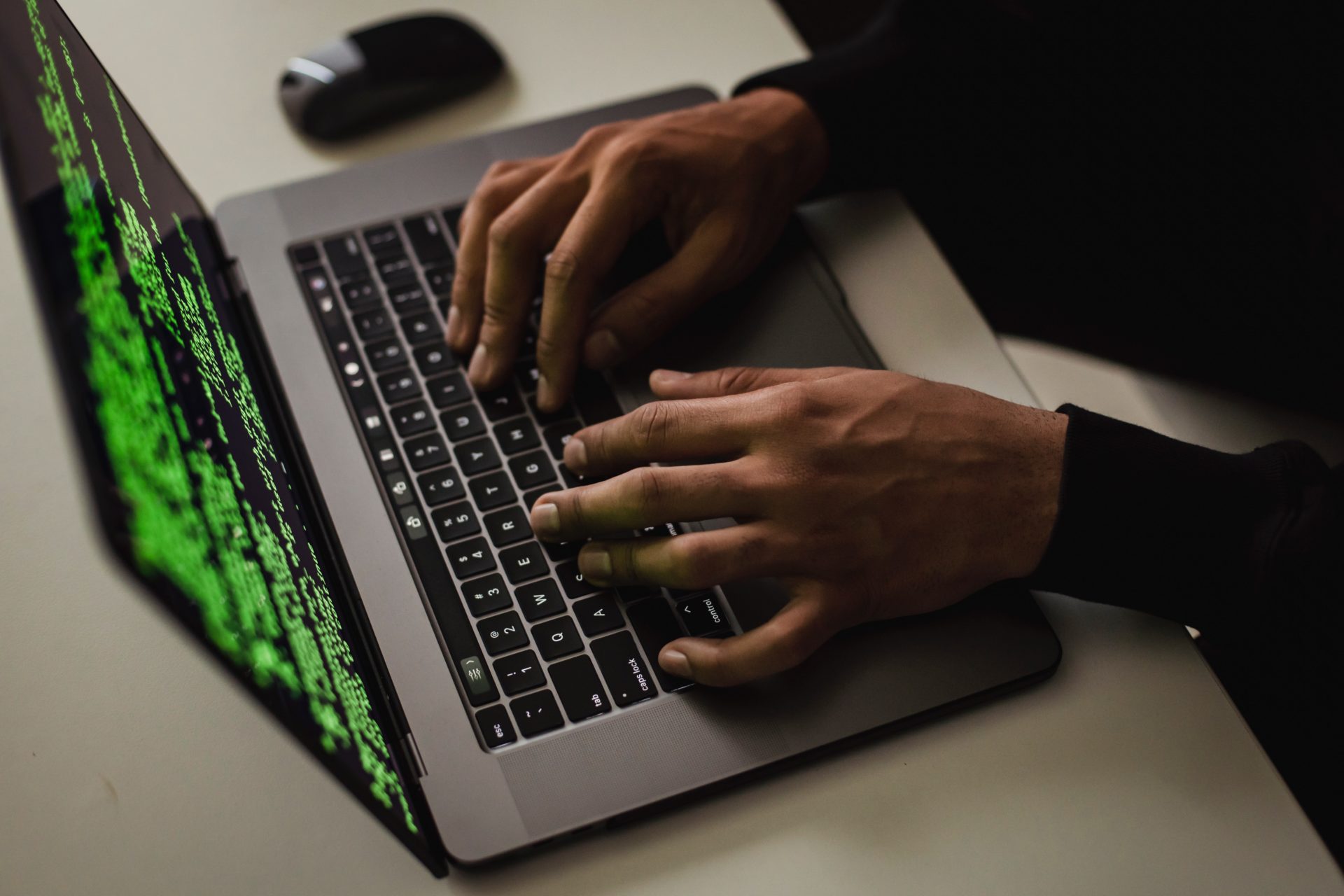Ihmisote takaisin data-analyysiin – estä väärinkäytökset ja vahingot älykkäämmin
 by Nigel Iyer
by Nigel Iyer
Kukaan ei pidä siitä, että häntä huijataan – ei töissä eikä kotona.
Taloudellinen hyvinvointi on verrattavissa henkilökohtaiseen terveyteen. Ihmiset pyrkivät ennakoimaan molempia, jotta mahdolliset ongelmat voidaan havaita ajoissa ja ratkaista ennen kuin ne pahenevat. Siksi yritysmaailmassakin on tärkeää tietää, onko vaarassa tulla petetyksi, ylittääkö toiminta laillisuuden rajat tahattomasti tai tahallisesti, tai onko yritys vaarassa riskeerata maineensa tai jopa olemassaolonsa.
Voiko digitalisaatio mennä liian pitkälle?
Digitalisaatio vaikuttaa yhä enemmän kaikkiin elämän osa-alueisiin. Meille toistetaan sitä, että tekoäly voi ratkaista lähes kaikki ongelmamme. Samanaikaisesti ihmisiltä saattaa kuitenkin hävitä tärkeä mahdollisuus puuttua asiaan.
Esimerkiksi nykypäivän kirjanpito on niin digitalisoitunutta ja automatisoitua, että me ihmiset näemme transaktioita harvoin. Koska transaktiot käsitellään ja vedetään yhteen automaattisesti, meiltä jää usein väliin mahdollisuus tutkia kokonaisuutta tarkemmin. Tapahtumien selaaminen läpi voisi kuitenkin antaa mahdollisuuden huomata intuitiviisia poikkeuksia: ”Jokin toimittajan laskutustavassa vaikuttaa oudolta.” Tai: ”Odotin tältä asiakkaalta paljon isompaa summa – jokin ei nyt täsmää.” Tai jopa: ”Nuo maksut näyttävät vääriltä.”
Tietokoneohjelmat eivät vieläkään kykene täysin jäljittelemään tällaista maalaisjärkeen perustuvaa päättelyä.
Simppelin selailun voima
Kokemusten mukaan parhaat tulokset saavutetaan, kun tietokoneavusteinen data-analyysi visualisoi tiedon ihmisen näkökulmasta. Tällöin meillä on optimaalinen tilaisuus havaita poikkeamia. Yhteistyö ihmisen ja tietokoneen välillä mahdollistaa nopean poikkeamien havaitsemisen – kuten asiakkaat, jotka saavat poikkeuksellisen suuria ja säännöllisiä alennuksia verrattuna muihin. Tai epäloogiselta vaikuttavat ostot, kuten hankinta pakkaamolta, joka sijaitsee toisella puolen maapalloa. Tai vaistonvaraisen havainnon epäilyttävistä maksuista ja kuiteista.
Myös nykyaikainen lääketiede on yhä digitalisoituneempaa ja automatisoidumpaa. Mutta mitä verikokeista saisi irti ilman ihmislääkäreitä? Tarvitsemme väliin ihmistä, jotta kokeiden tulokset saadaan suhteutettua meihin potilaisiin.
Inhimillinen näkökulma yhdistettynä data-analyysiin
Petosten ja taloudellisten vahinkojen varhainen huomaaminen on kuin rahan poimimista lattialta. Mukaillen Oscar Wilden sanoja: ”On vain yksi asia pahempi kuin löytää petos, ja se on olla löytämättä sitä”. Havaitsemme väärinkäytökset nopeimmin, kun käytämme teknologiaa työkaluna, joka aktivoi omaa luovaa ajatteluamme.
Miten sitten palauttaa inhimillinen näkökulma väärinkäytösten havaitsemiseen? Ensiksi on tunnistettava tärkein data ja selvitettävä, miten se hankitaan. Sen jälkeen tulee ymmärtää miten data tulisi analysoida ja esittää, jotta maksimoidaan ihmiskapasiteetti. On myös tärkeää luottaa omaan arviointikykyyn ja tulkita havaintoja rohkeasti.
Näin voit yhdistää data-analytiikan voiman omaan luovaan uteliaisuuteesi, ja puolustaa organisaatiotasi taloudellisilta vahingoilta.
- Opi tekemään tämä itse: rekisteröidy nyt Nigel Iyerin kurssille Väärinkäytösten jäljillä – Fighting Fraud, 24.3.2025 – englanniksi ja suomeksi.
Put the human touch back into data-analysis – and be smarter at nipping financial damage and fraud in the bud
Nobody likes being made a fool of or being cheated either at work or home.
Financial health is like personal health. We all want to be ahead of the game so that problems are detected early and resolved before they grow. Everyone wants to discover if they are being defrauded, are crossing legal lines knowingly or unknowingly, and putting their reputation or ultimately survival at risk.
Can transactions be digitized too much?
As digitization continues to affect every part of our lives, we are constantly reminded that artificial intelligence can solve almost all our problems. But as a result opportunities for that all-so-important human intervention could be disappearing.
For example, today’s accounting has become so digitized and robotic that us humans rarely see the transactions anymore. Because transactions are automatically processed and summarized, we are often missing out on the chance to intervene. Casually flicking through transactions allows us to note things like “there is something I can’t quite put my finger on but the way that supplier bills us just looks odd”, or “I genuinely expected much more from that customer – something is off there” or even “those payments just don’t look right”.
And it’s this kind of common-sensical behaviour which computers programs still struggle to mimic.
The power of the “flick through”
From experience, the best results are obtained when computerized data analysis presents information in a way which makes it optimal for the human eye to spot real anomalies. A joint human-computer approach allows us to quickly spot real anomalies such as “outlier customers which get much bigger and more regular rebates than any other”, or “seemingly illogical purchases, such as buying from a packaging located on the other side of the planet”. Or even just what our gut feel says are “suspicious payments and receipts”.
Modern medicine today is also increasingly digitized and automated. But what would blood scans be without the smart human doctors? Its humans who help us understand the results in the context of who we, the patient, are.
Human touch combined with data-analysis
Finding fraud and financial damage early is an opportunity to pick money up off the floor. To paraphrase Oscar Wilde: “There is only one thing worse than finding fraud, and that is not finding it”. We will find it quickest when we treat the computers as a tool that triggers our own creative thinking.
The first step in bringing back the human touch into fraud detection involves knowing what data matters most and where to get it, and how data should be analysed and presented. It’s also about having the confidence and self-belief to interpret what you see.
In this way you can combine the power of data-analytics with your own creative curiosity and defend your organisation against financial damage.
- To learn how to do this yourself, register now for Nigel Iyer’s course Väärinkäytösten jäljillä – Fighting Fraud, held on 24 March 2025 – in English and Finnish.


